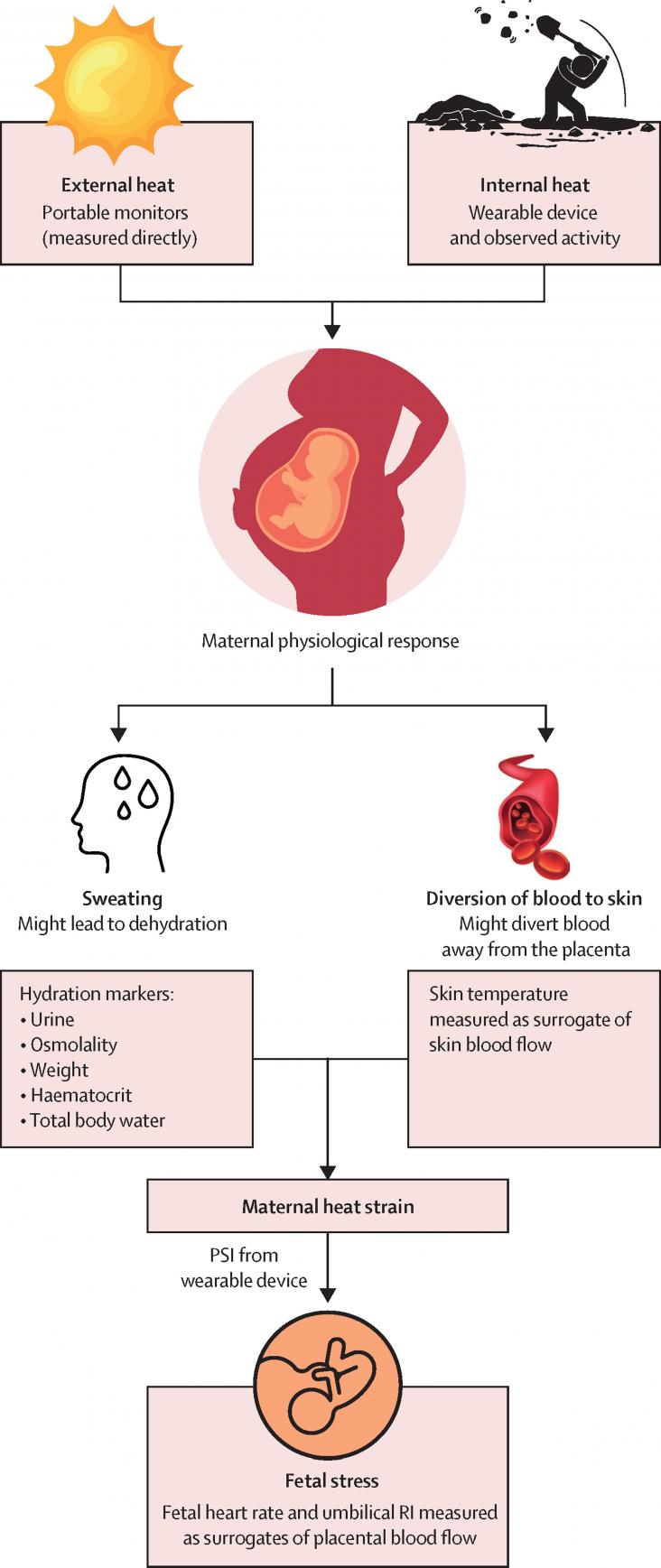
This Article supports SDGs 3, 5, and 13, focusing on the mechanisms for adverse outcomes caused by environmental heat stress in pregnant subsistence farmers.
This Article supports SDGs 3 and 13 by estimating cost and benefits of climate change mitigation, focussing on heat-related labour losses and considering current mitigation pledges.
This Climate Countdown paper supports SDGs 3 and 13 by summarising procress through 27 climate indicators in China from 2021 to 2022.
Elsevier,
Ali Jalali, Phillip B. Roös, Murray Herron, Paras Sidiqui, Emma Duncan, Chapter 24 - Predictive modeling for reforestation of cities to mitigate climate change impacts, Editor(s): Zaheer Allam, Didier Chabaud, Catherine Gall, Florent Pratlong, Carlos Moreno, Resilient and Sustainable Cities, Elsevier, 2023, Pages 441-456, ISBN 9780323917186, https://doi.org/10.1016/B978-0-323-91718-6.00014-1.
This chapter advances UN SDG goals 11, 13, and 3 by discussing how urban reforestation could be among effective options for mitigating urban warming and climate change, further aiding planners and policy makers to create more sustainable and liveable cities.
The paper discusses the complexity of the interactions and effects of climate change on food security.
Development of plant based meat analogues for sustainable food systems.
Developing plant-based burgers. Consumer perception of clean label in plant-based meat alternatives was investigated.
Lab grown meat as a sustainable alternative.


